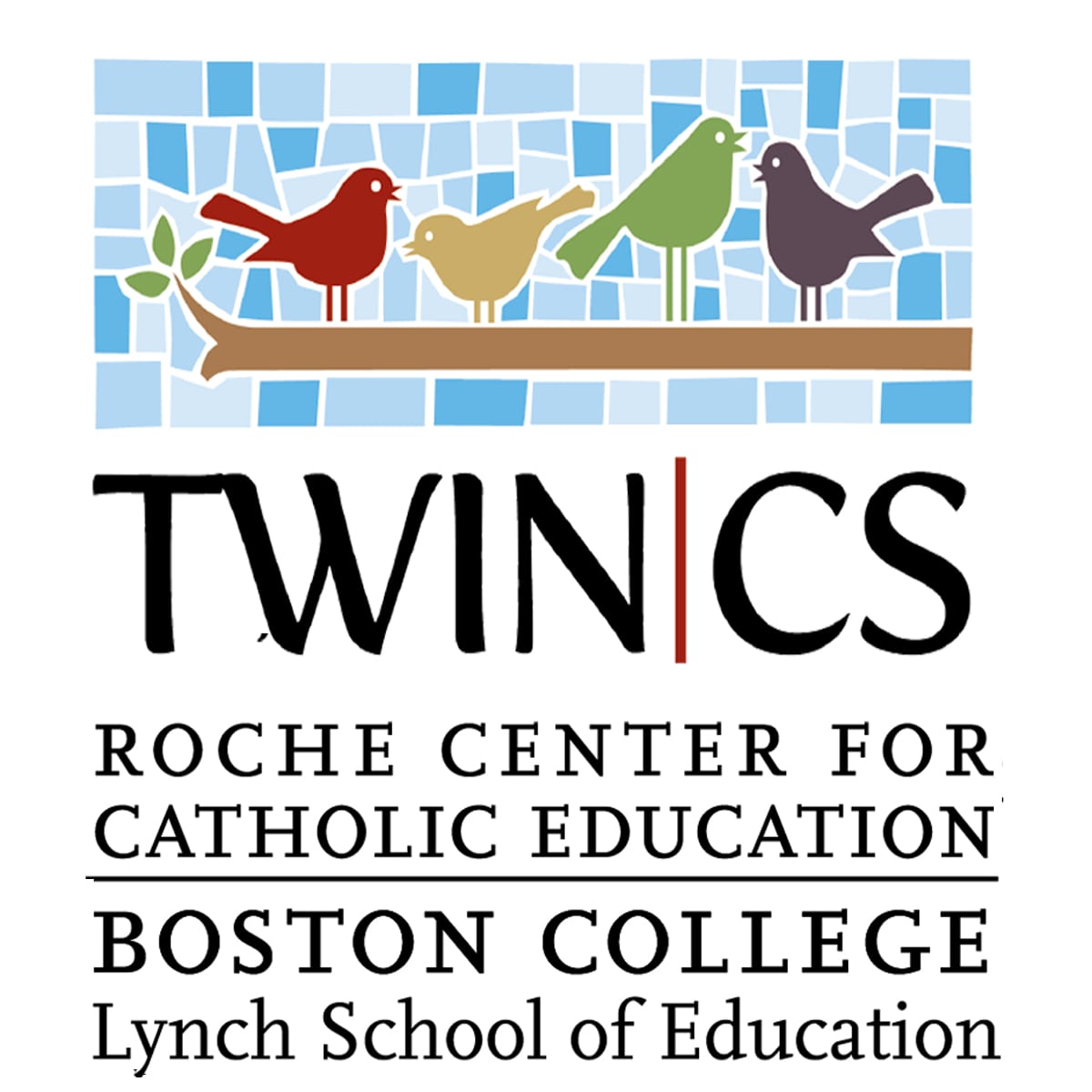A recent Chalkbeat publication, written by Reema Amin, discusses recent changes to New York City education staff. Formerly the Division of English Language Learners and Student Support, the Division of Multilingual Learners is now headed by veteran teacher Mirza G. Sánchez-Medina, the founding principal of Manhattan Bridges High School.
Sánchez-Medina, as the founding principal of Manhattan Bridges High School, “has empowered multilingual learners to learn a new language and achieve to their greatest potential without sacrificing their home languages and cultures,” says Schools Chancellor Richard Carranza.
According to city documents, Manhattan Bridges High School’s English language learners “transition out of that status at faster rates than students citywide,” and “the school’s most comprehensive quality report — from the 2014-2015 school year — characterizes its curriculum for English language learners as rigorous and well-developed.”
Sánchez-Medina prioritizes helping families navigate the school system. She questions, “How do we ensure students are ready for college? How do we develop plans for families to be able to continue success throughout, regardless of what grade the child is in?”
In her new position, Sánchez-Medina plans to lend more validation to student culture and home language in the classroom.
As said by this department’s news release, officials renamed the division “to ensure all students master English while honoring and supporting their multilingualism, home language, and culture.” This is a testament reiterated by Carranza who states “I stopped referring to folks as English Language Learners. I call them future bilingual learners or future bilingual students or multilingual learners.”
Please read the original article here.

